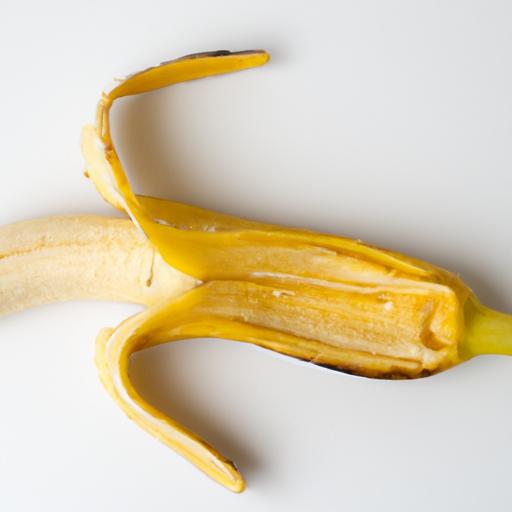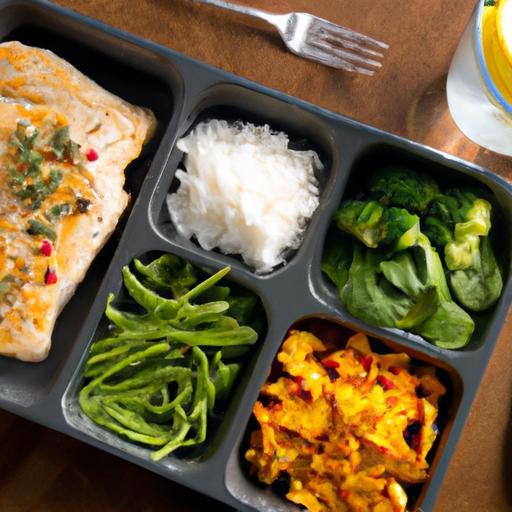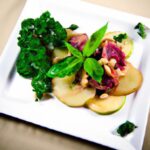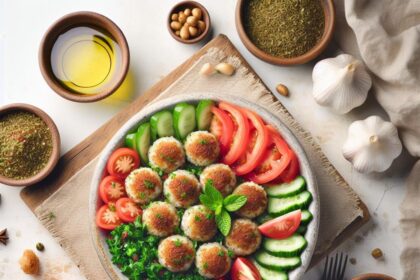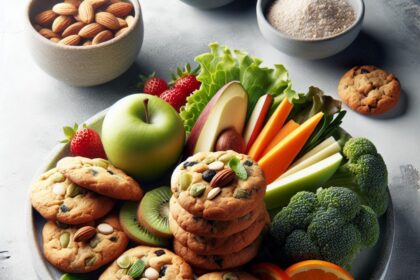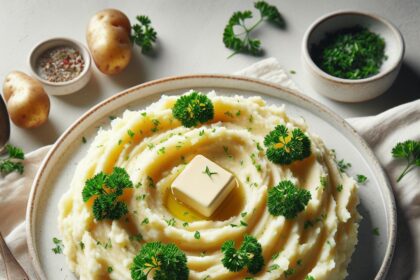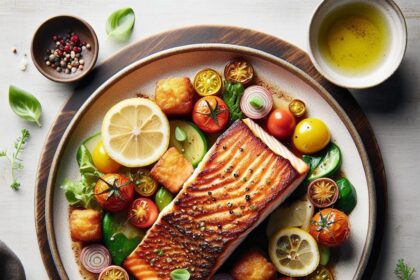Bananas – those sunny yellow bundles of sweetness – are a staple in kitchens worldwide, ready to fuel your day with natural energy and a touch of tropical delight. But anyone who’s ever battled the race against brown spots knows that keeping bananas fresh can feel like a losing game. What if you could unlock the secrets behind their lifespan, peel back the mystery of ripening, and master the art of storage to savor that perfect bite a little longer? Welcome to “Banana Lifespan Unpeeled: Your Ultimate Storage Guide,” where we dive deep into the science, tips, and tricks to extend your banana’s shelf life and keep your fruit bowl smiling. Let’s get ready to rethink how we store this beloved fruit – before it’s too ripe to resist!
Banana Lifespan Unpeeled is a fascinating journey into the natural ripening process that transforms hard, green fruit into sweet, aromatic treats. As an experienced culinary content creator, I’ve witnessed firsthand how understanding temperature, humidity, and storage methods can conserve bananas at their freshest for days longer. Whether you’re a home cook or a food stylist aiming for perfect presentation, mastering these tricks ensures every banana tastes like it was just picked.
Prep and Cook Time
- Preparation Time: 5 minutes
- Ripening and Storage Observation: Variable (typically 2-7 days depending on conditions)
Yield
Varies based on quantity of bananas stored, typically enough for daily consumption of 3-5 bananas.
Difficulty Level
Easy – Ideal for all experience levels eager to extend banana freshness without special equipment.
Ingredients
- 3-5 medium unpeeled bananas (choose firm, yellowish-green bananas)
- 1 bowl or storage container with ventilation
- Optional: paper bag or banana storage hook
- Optional: kitchen thermometer and hygrometer to monitor environment
Instructions
- Assess the Ripeness: Choose bananas with a light green to yellow peel-signifying the early stages of ripening where maximum shelf life can be achieved.
- Set the Optimal Environment: Place unpeeled bananas at a temperature between 56°F to 68°F (13°C to 20°C). This slows ripening without chilling injury. Avoid storing bananas near cold drafts or heating vents.
- Control Humidity: Aim for a relative humidity of around 85% to keep peels supple without promoting mold growth. Use a small humidifier or moisture absorber nearby if conditions are too dry or humid.
- Apply Creative Storage Solutions: Hang bananas on a hook to minimize bruising and promote even air circulation. Alternatively, loosely wrap the stems individually in plastic wrap to slow ethylene gas release, which triggers ripening.
- Monitor Daily: Inspect your bananas for changes. Adjust humidity or temperature to maintain condition. If the peels begin to turn bright yellow with brown spots, it’s time to enjoy or transition to cooking (see next step).
- Recognize Signs of Overripeness: Dark brown or black skins, overly soft texture, and fermentation smell indicate bananas are past prime. Use these for baking, smoothies, or freezing to avoid waste.
Chef’s Notes
- Variation: For faster ripening, place bananas in a paper bag with an apple to concentrate ethylene. For slower ripening, keep bananas separate from other fruits.
- Substitution: Other tropical fruits like plantains can be stored similarly but may require slightly warmer temps.
- Troubleshooting: If bananas develop black streaks while still firm, they might have chilling injury; raise storage temperature slightly.
- Make-Ahead Tips: Pre-portion ripe bananas into freezer bags to preserve for smoothies or baking.
Serving Suggestions
When bananas reach peak ripeness, enjoy them fresh, sliced over oatmeal or yogurt, garnished with a sprinkle of toasted nuts or cinnamon. Overripe bananas excel in creating rich, moist banana bread or creamy banana ice cream. For an inviting presentation, pair ripe banana slices with a drizzle of honey and a sprinkle of chia seeds on dessert plates.
Nutritional Information
| Nutrient | Per Medium Banana (118g) |
|---|---|
| Calories | 105 |
| Protein | 1.3g |
| Carbohydrates | 27g |
| Fat | 0.3g |
For more about extending shelf life with natural methods, visit our Natural Food Storage Guide. Learn more about banana ripening science by visiting the USDA Agricultural Research Service.

Q&A
Q: How long do bananas last when unpeeled?
A: Unpeeled bananas generally last about 5 to 7 days at room temperature, depending on their ripeness when you buy them. Cooler environments or refrigeration can extend their life by a few days but might darken the skin.
Q: What’s the best way to store bananas to maximize their lifespan?
A: Keep them at room temperature, away from direct sunlight and heat. Hanging bananas on a hook reduces bruising and air circulation slows down overripening. If you need to extend their life, you can refrigerate them once they reach your preferred ripeness.
Q: Can refrigeration harm bananas?
A: Refrigeration won’t harm the fruit inside but often causes the peel to turn black or brown. Don’t worry-this is cosmetic; the banana remains fresh and tasty inside for a few extra days.
Q: How does humidity affect banana storage?
A: High humidity can speed up ripening and sometimes cause mold on the peel, while very dry air can shrivel or dry out bananas. Aim for moderate humidity and avoid storing bananas near ethylene-producing fruits like apples or tomatoes to prevent premature ripening.
Q: Are there any creative hacks to make bananas last longer?
A: Absolutely! Wrapping the stems tightly with plastic wrap or aluminum foil can slow down the release of ethylene gas, the natural ripening hormone. Also, storing bananas separately from other fruits limits the overall ethylene exposure.
Q: When is it best to peel and refrigerate bananas?
A: Once bananas reach your ideal ripeness, peel them and store in an airtight container or sealed bag in the fridge if you plan on using them within 1-2 days-for smoothies or baking. This prevents further ripening and keeps them fresher longer.
Q: Can freezing bananas increase their lifespan?
A: Yes! Peel and freeze bananas to preserve them for several months. Frozen bananas are perfect for smoothies or baking, but their texture won’t be great for eating fresh. Just chop or mash before freezing for best results.
Q: Why do bananas sometimes turn brown even when stored properly?
A: Bananas produce natural enzymes that break down their skin and flesh as they ripen. Even with careful storage, this process happens over time-brown spots mean your banana is reaching peak sweetness or beginning to overripen.
With these tips, you can confidently navigate the banana lifecycle from green to gold without wasting your favorite fruit! Keep the peel strong and the taste alive-bananas never looked so good, or lasted so long.
To Wrap It Up
In the grand adventure of banana storage, understanding the delicate dance between ripeness and time is your secret weapon. Whether you’re savoring that first sunny yellow hue or chasing the last speckled sweetness, knowing how to keep your bananas fresh extends not just their lifespan, but your enjoyment too. So peel back the mystery, apply these simple storage tips, and let your bananas stay perfectly primed-ready to brighten your day, one bite at a time. The ultimate banana lifespan isn’t just about time; it’s about timing, care, and a little fruity wisdom unpeeled.